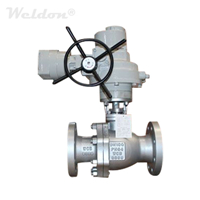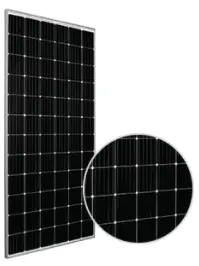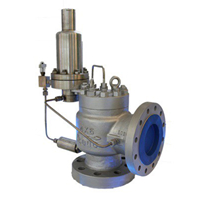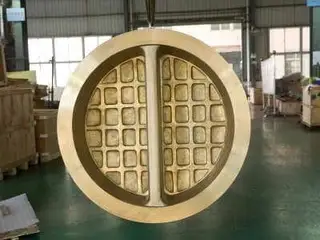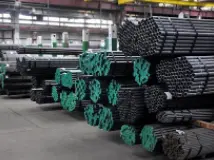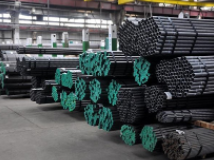The application of 3D printing in the shipbuilding industry (Part two)
Advantages of 3D printing
- High precision
Traditional product manufacturing requires a series of processes such as grinding and cutting for the semifinished product, and the product can be truly formed, while 3D printing is direct formed, which is more accurate and smoother. 3D printing especially has an advantage when printing complex objects.
- Material saving
3D printing doesn't have leftover materials because of direct forming, which saves more raw materials than that of the traditional manufacturing method.
- Easy manufacturing
3D printing can create objects with any complex shapes, including complex structures that were previously difficult to form. There is not great difference between simple objects and complex objects because of the layer-by-layer construction.
- Convenient molding
Unlike traditional manufacturing methods, there is no need to make molds and have post processing in the 3D printing process. Therefore, the production cycle is greatly shortened. In addition, if the sample or model can be easily produced in the design stage, it is also beneficial to verify and improve the design, improving the design and efficiency.
- Being economical
There are two main aspects of being economical here. The first is the production process. Since there is no need for molds, a lot of money can be saved, especially for small and customized products. The second is the post-supply chain. Taking ships as an example, if you can make replacement parts on board, you can save a lot of money.
Disadvantages of 3D printing
Disadvantages of 3D printing
- Material restrictions
Although nylon, gypsum, ceramics, metal and other materials can be used for 3D printing, the material is still not comprehensive. Some expensive and scarce materials can not be printed, and materials used for a single 3D printer are also limited.
- Productivity issues
The above mentioned 3D printing is convenient, but this is only for making models or prototypes, but not so much for products that are mass-produced on the production line. In addition, the printing speed of metal objects is relatively slow, and it is currently difficult to be applied to production lines for products with more than 90% of metal components such as engines.
- High cost of acquisition
At this stage, the 3D printer itself and printed materials take up a large part of the cost, especially those 3D printers that support metal materials. For example, the price for a 3D printer supporting metal materials is about 1 million US dollars, and a plastic 3D printer for industrial only costs $25,000.
- Printer operation
Before 3D printing, design and modeling are required. This is relatively difficult for ordinary people, including ordinary crew members on board. Therefore, some 3D printing are currently handled by professionals. In the future, even if the merchant will provide some product libraries, for some custom objects, it is still not everyone can operate.
- Legal and ethical issues
First of all, legal issues, such as intellectual property rights and regulatory standards, can products manufactured by 3D printing, such as engine parts, be used without authorization? Need to obtain the certification and authorization of the original manufacturer and other related parties? Which party is responsible for the problem? Secondly, moral issues, such as firearms and other dangerous goods have been able to be manufactured through 3D printing. If they are used by criminals, it will cause harm to society.
To be continued...
To be continued...
Send your message to this supplier
Related Articles from the Supplier
Related Articles from China Manufacturers
The Sealing Principles of the Valve (Part Two)
- Jan 23, 2021
Exploring the Versatility of Slab Gate Valves
- Dec 12, 2023
The Working Principle of the Safety Valve (Part Two)
- Jul 13, 2021
What Is the Cracking Pressure of Check Valves?
- May 19, 2023
Related Products Mentioned in the Article
EKS(Xiamen)Precision Industry Co., Ltd
- Address: 中国福建省厦门市集美区灌口镇深青工业园后山头29号
- Phone: 86-0592-6360601
- Business Type: Industry & Trading, Manufacturer,
Supplier Website
Source: http://www.junyingmetal.com/the-application-of-3d-printing-in-the-shipbuilding-industry-part-two.html




